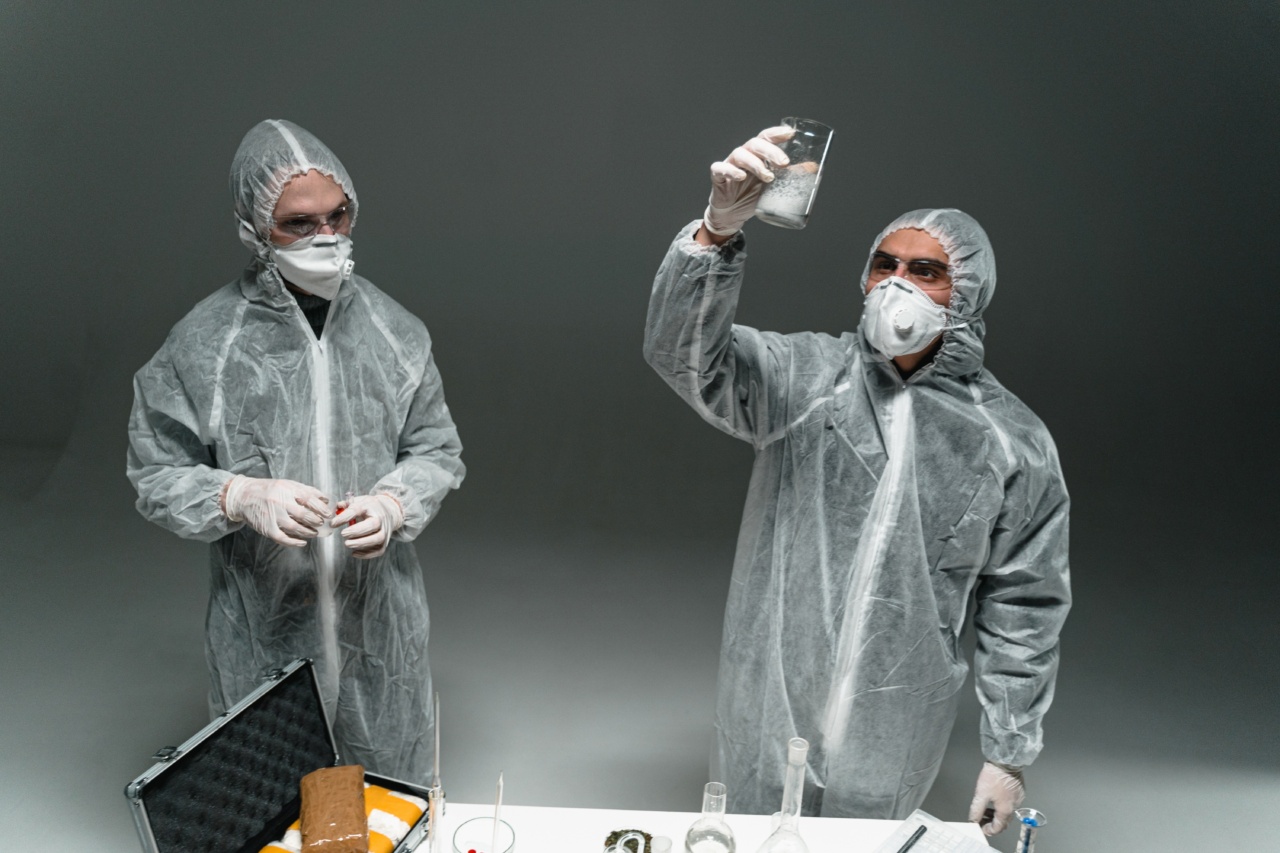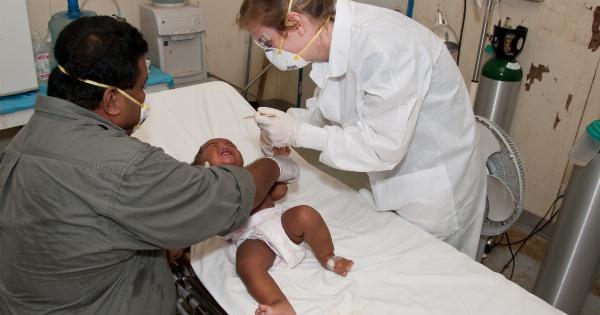With the ongoing COVID-19 pandemic, wearing masks has become an essential part of our daily lives. However, there are debates and concerns regarding whether masks can lead to low oxygen levels.
In this article, we will explore the science behind masks and their impact on oxygen levels.
What are Masks, and How Do They Work?
Masks are physical barriers that cover the nose and mouth and prevent the spread of respiratory droplets. They work by trapping the droplets on the inside of the mask, keeping them from escaping into the air and potentially infecting others.
Masks come in different forms, such as cloth masks, surgical masks, and N95 respirators, with varying levels of protection.
Do Masks Reduce Oxygen Levels?
One of the concerns raised regarding masks is whether they cause low oxygen levels, especially in those with breathing difficulties or chronic diseases.
However, multiple studies demonstrate that wearing masks does not reduce oxygen levels significantly.
A recent study carried out by researchers from the University of California, San Francisco, measured the oxygen levels of healthcare workers wearing N95 respirators during work shifts.
The study found that there were no significant differences in oxygen levels before and after wearing the N95 respirator masks.
Another study published in the Annals of the American Thoracic Society measured the oxygen and carbon dioxide levels of surgeons performing surgeries while wearing surgical masks.
The study concluded that there was no significant impact on oxygen and carbon dioxide levels when wearing a surgical mask, even during prolonged surgeries.
In summary, there is no evidence to suggest that wearing masks causes significant drops in oxygen levels.
Can Masks Affect Breathing?
Another concern raised is whether masks can affect breathing, especially in those with respiratory conditions. However, there is no scientific evidence to suggest that wearing masks affects breathing.
Most healthy individuals can wear masks without any breathing difficulties.
Furthermore, while masks may feel uncomfortable initially, this is typically due to the sensation of breathing moist air and the physical sensation of the mask on the face rather than actual breathing difficulties.
Over time, individuals adapt to wearing masks, and these initial feelings of discomfort dissipate.
Mask Considerations for Individuals with Respiratory Conditions
While most individuals with respiratory conditions can wear masks without issues, some people may find it more challenging to breathe while wearing masks.
These individuals may include those with severe lung diseases, such as emphysema or COPD, those with chronic bronchitis, and those with heart failure or other cardiovascular conditions.
In such cases, individuals should consult their healthcare provider to determine if wearing a mask is safe for them and what type of mask may be most appropriate for their condition.
For example, those with severe lung conditions may benefit from using an N95 respirator that filters out a higher percentage of particles.
Conclusion
The concerns regarding masks and oxygen levels are unfounded. Multiple studies demonstrate that wearing masks does not lead to significant drops in oxygen levels and that most healthy individuals can wear masks without any breathing difficulties.
While some individuals with respiratory conditions may find it more challenging to wear masks, consulting with a healthcare provider can help them determine what type of mask is most appropriate for their condition.






























